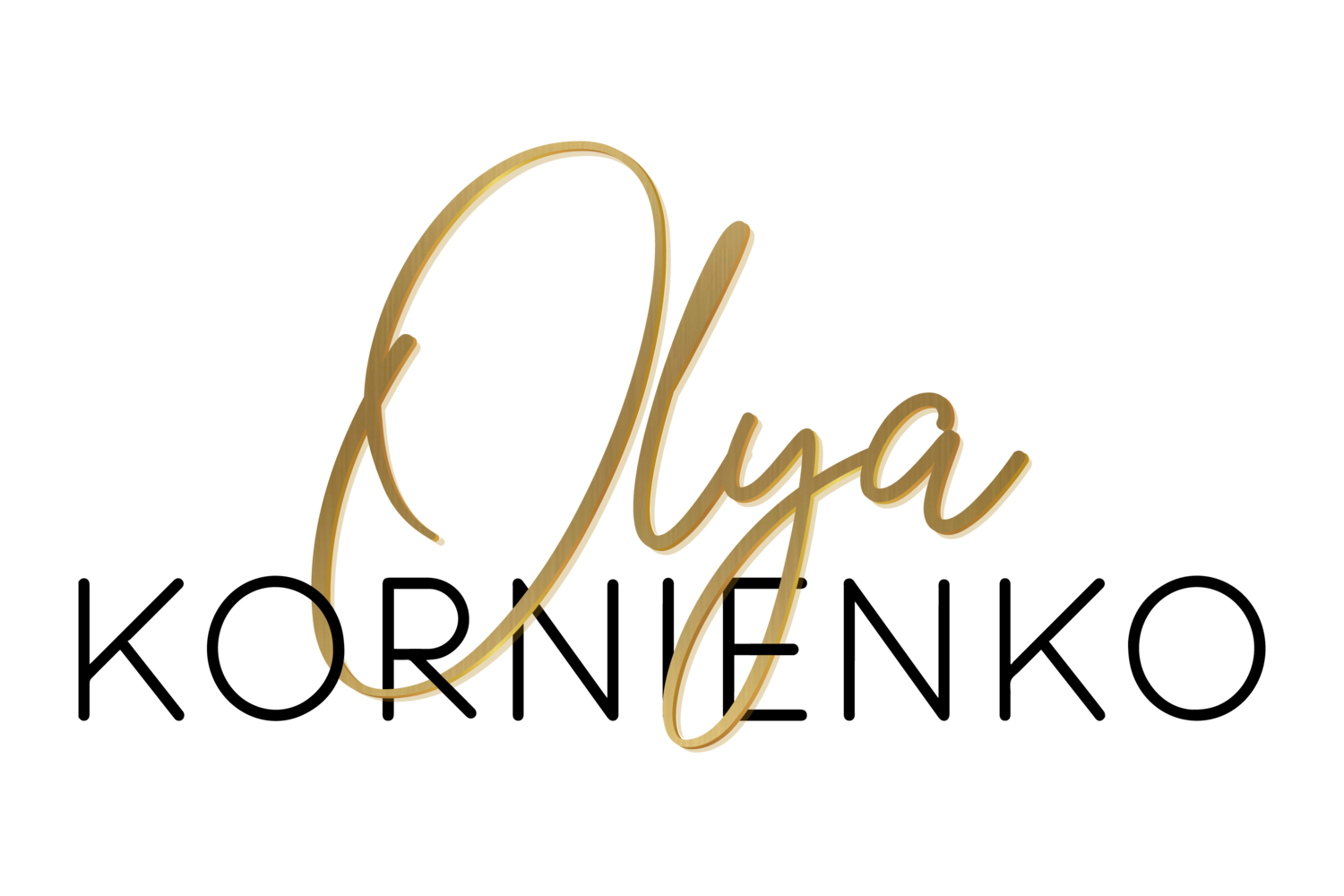5 Best Productivity Tools for Creatives
Can creatives be productive? Aren’t creative people supposed to wait for the muse to arrive? How can you be productive when you create?
I like the idea that when we start doing what we say we want to be doing, the muse meets us while we’re at it. Sometimes, she may show up, and sometimes, she may not. But we practice our craft regardless.
Out of all the tools I’ve learned since 2008 when I started in the online world, these five tools apply to creatives.
These tools can help you be more productive while creating and getting things done necessary to run your creative business.
* Affiliate links. I will receive a small commission when you use my link to sign up for the tool. You will pay the same amount for the subscription, regardless of whether you sign up directly or through my link.
Pomodoro Timer
The Pomodoro timer is perfect if you can’t get started. Set it up and you have to start. Even if you spend some time typing mindlessly anything, by the end of 25 minutes, you most likely come up with at least one sentence or an idea you like. The Pomodoro timer is based on the Pomodoro Technique.
The Classic Pomodoro, a period when you work, is 25 minutes with a 5-minute break to follow. After four rounds, you take a longer break (15–30 minutes) and then work again. You can vary your pomodoros and breaks, but start with the classic approach if you have never tried the Pomodoro Technique.
My favourite Pomodoro timers are this one and this one.
Toggl will help you run a profitable creative business. By knowing how long each task takes, you can price your products correctly and charge for your services knowing what you base your charges on.
Tips on getting Toggl to work for you:
Write down all the tasks you do.
Categorise them.
Set up your categories as projects in Toggl.
If you have different clients and you want to see how much you spend on each client or each project, then set the clients or your projects as Clients in Toggl.
It does sound a bit the other way around, but I found this method works best for me. I can tell exactly how much time I spend on each task and how much time I spend on a particular project or client.
Toggl was developed in Estonia, my home country. Even though I may be biased, thousands of users can second my opinion.
If you deal with proposals, working one-on-one or would like to help your client customise their packages themselves by adding extras to the base package, try Dubsado*.
I started with their calendar. I will not say it’s easy to understand or work with Dubsado in the beginning. But once you get a hold of it — it’s wonderful.
The support at Dubsado is awesome. You can book one-on-one walk-throughs to help you set up your Dubsado. They also run multiple webinars and have resources tailored to the industries.
All businesses need to have an email list. Emails are not dead and are still the best way to sell your services and products.
Flodesk offers beautiful emails and is easy to use (saves your time!).
You can use gorgeous templates or create your own and send updates or announcements to the people on your list.
Yes, you do need accounting software as a creative. Of course, you may not need it if you invoice only once in half a year. But even if you send only two invoices per month, it’s worth getting your bookkeeping set up properly. It will help you account for all your expenses, keep your paperwork organized and make the financial year-end tax return a breeze.
As you may or may not know, I’ve been doing bookkeeping for over twenty years now, and yes, the amount of money I spend per month on accounting software is worth it. I’m no longer dreading tax time because I’m up to date with my bookkeeping, and it does feel like I’m running a real business. I use Rounded, but you may want to try Quickbooks, which is very popular in the US. You don’t need Xero unless you need to do a payroll. I always recommend consulting with your accountant.
Everyone is different when it comes to productivity. The best way is to try a tool consistently for a month before deciding it’s not working. When you start using a new tool, there is a learning curve, but time spent learning it will reward you later. Enjoy experimenting.
Olya
“Done is better than good.”
~ Elizabeth Gilbert, Big Magic.


